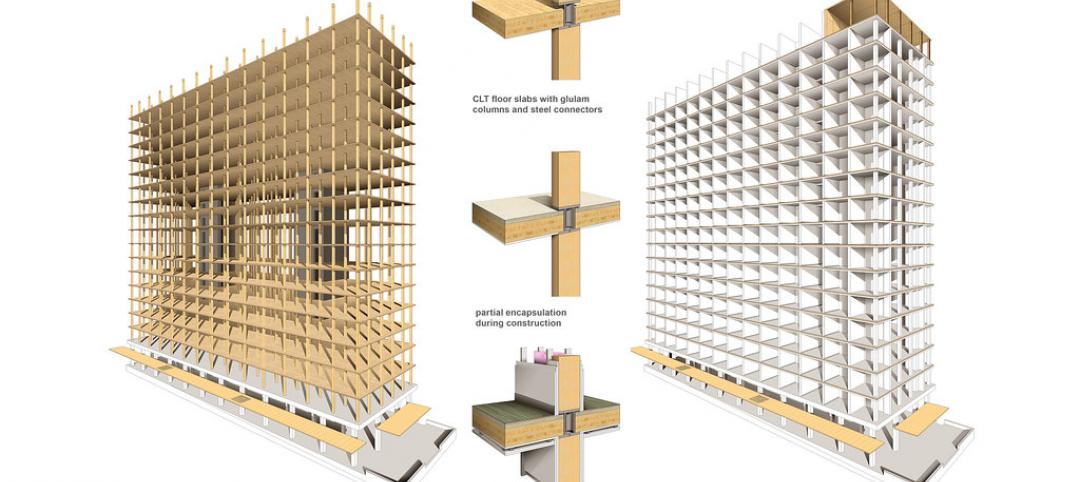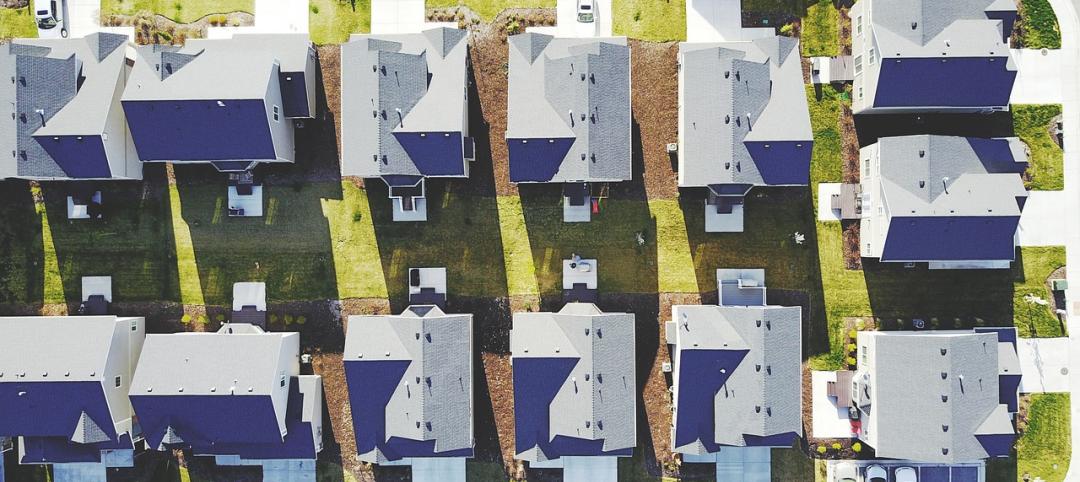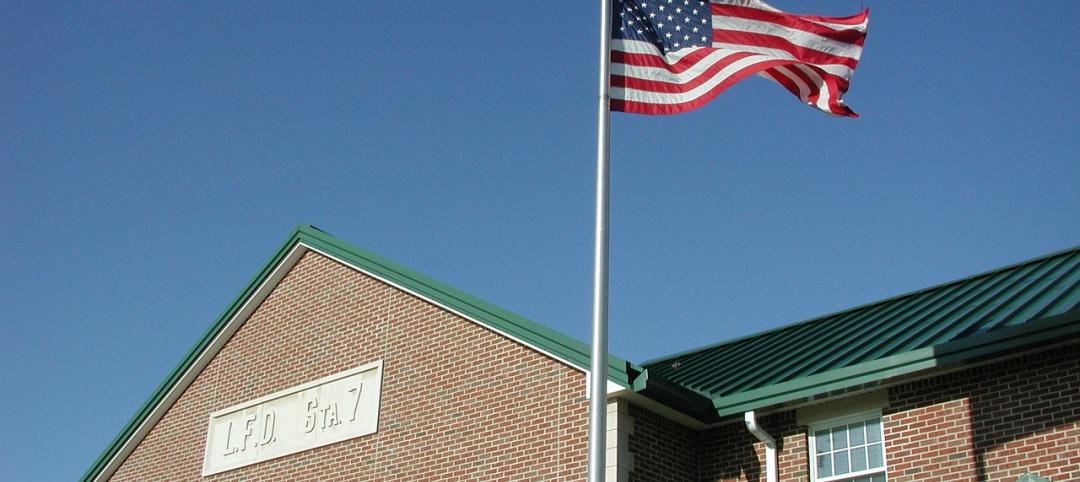An executive with the Irvine Companies, owner of Symphony Tower, California’s first office building to receive a LEED Dynamic plaque in its recertification, says the work it took to achieve the designation was worth the effort.
Chris Popma told GlobeSt.com that earning the plaque was the result of environmental performance strategies that were measured for effectiveness over time. The rating agency examined total energy usage, total potable water usage for the whole building, total waste generated and diverted from the landfill, transportation surveys from customers, and other factors.
The building was already operating at high environmental performance levels, Popma said, so little additional work was needed. Irvine’s marketing strategy is linked to strong efficiency and sustainability performance, so reaching for the plaque made good business sense. Buildings that do not perform at high levels would require much more investment to achieve LEED Dynamic certification.
Previous LEED certifications gave points for having green items in place, but the green features may not actually be operating optimally. LEED Dynamic looks at the actual data of water and power consumption. The plaque’s performance score is continually updated.
Related Stories
Codes and Standards | Aug 29, 2019
Industry leaders ask for government help as trades shortage worsens
AGC asks for more funding for education and increased immigration to fill gaps.
Codes and Standards | Aug 29, 2019
Code-conforming wood design guide available
The guide summarizes provisions for the use of wood and wood products in the 2018 IBC.
Codes and Standards | Aug 29, 2019
LEED residential market up 19% since 2017
The U.S. Green Building Council says that the LEED residential market has grown 19% since 2017. Nearly 500,000 single family, multifamily, and affordable housing units have been certified globally.
Codes and Standards | Aug 27, 2019
Slower speed limits in urban areas offer multiple benefits
Improved safety, better adoption of electric scooters and autonomous vehicles are possible if drivers ease off the accelerator.
Codes and Standards | Aug 27, 2019
Renewables creating significant savings for commercial and public facilities
Payback ranges from five to 15 years.
Codes and Standards | Aug 27, 2019
Oregon rescinds tsunami-zone construction ban
Other states have no ban, but have strengthened building codes for tidal wave resilience.
Urban Planning | Aug 27, 2019
Pop-up parks revitalize empty lots
Pop-up parks that provide instant open areas for public use and programming can revitalize under-utilized spaces and add vibrancy to neighborhoods.
Codes and Standards | Aug 22, 2019
Texas flood prevention initiative would create nation’s most ambitious barrier system
Plan including sand dunes and mechanical barriers would cost as much as $32 billion.
Codes and Standards | Aug 22, 2019
Multimedia app identifies construction hazards
Researchers say program will reduce injuries, save lives.
Codes and Standards | Aug 22, 2019
Cities take action to keep cool as climate heats up
Initiatives include cool streets, cool roofs, and broader urban tree canopy.

















